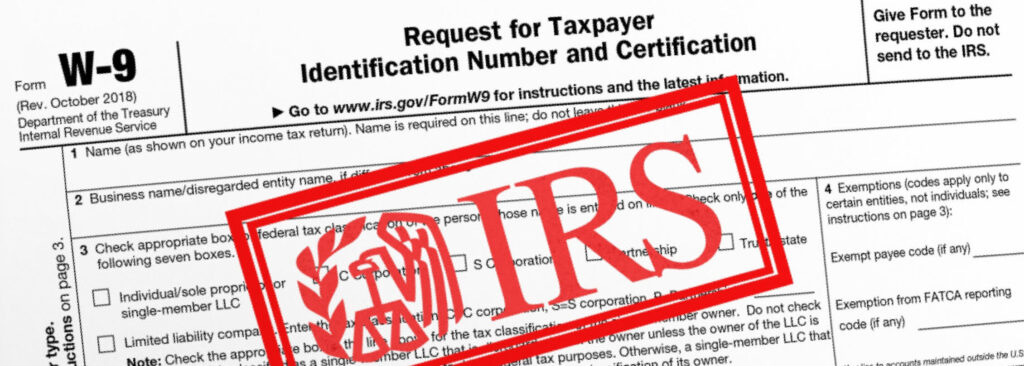Investing in the stock market can be a rewarding journey, but it also comes with its share of financial responsibilities, particularly when it comes to managing taxes. One crucial aspect of this financial management is determining the sell order for your stocks. In this article, we’ll explore the concept of a sell order, why it’s important, and the general framework to consider when deciding which stocks to sell.
The Need for a Sell Order
Before we delve into the details, it’s essential to understand why a sell order matters. Many investors hold a mix of short-term (ST) and long-term (LT) stock positions, and these stocks can have varying gains and losses. The decision of which stocks to sell and when can significantly impact your tax liability and overall financial health.
Imagine you need to raise funds for a specific financial goal, such as paying taxes or covering living expenses. Choosing the right stocks to sell can help optimize your financial situation, minimize taxes, and ensure you have the necessary funds at your disposal.
The Framework for a Sell Order
Let’s break down a general framework for determining the sell order for your stocks, keeping in mind that individual circumstances may vary:
- Address Immediate Financial Needs: Start by assessing your immediate financial requirements. For example, if you need to pay taxes or cover essential living expenses, calculate the amount needed.
- Screening and Advising: Consult with a financial advisor or use screening tools to identify the stocks in your portfolio that could be considered for sale. Tools like stock screeners can help you evaluate various factors such as gains, losses, and holding periods.
- Prioritize Losses: Consider selling stocks that are currently at a loss. Realizing capital losses can offset gains, reducing your overall tax liability. This is often a tax-efficient strategy.
- Optimize LT vs. ST Sales: If you hold both LT and ST shares, weigh the benefits of selling one over the other. Sometimes, selling ST shares is more advantageous, especially if your LT shares have significant unrealized gains.
- Leverage Tax Attributes: If you have LT shares with the lowest gains, they may be an attractive option for sale. Additionally, consider LT shares with specific attributes, such as ISOs (Incentive Stock Options), which can help trigger Alternative Minimum Tax (AMT) credits.
- Manage Ordinary Income: Evaluate the possibility of selling stocks that generate ordinary income. Explore the use of disqualified ISOs to avoid the Net Investment Income Tax (NIIT).
- Consider Tax-Efficient Strategies: If you have ST gains, strategize to minimize their impact on your tax liability. Depending on your situation, it may be beneficial to hold onto these shares or employ tax-efficient selling strategies.
- Stay Informed on Tax Deadlines: Keep track of important tax deadlines, such as the due date for filing your taxes. Planning your sell order well in advance can help you meet your financial obligations promptly.
Conclusion
A well-thought-out sell order for your stocks is a crucial component of effective tax planning and financial management. By strategically selecting which stocks to sell, you can optimize your tax liability, secure funds for immediate needs, and achieve your financial goals. However, it’s essential to remember that tax laws and individual circumstances can vary, so consulting with a financial advisor or tax professional is advisable to ensure your sell order aligns with your specific financial situation and objectives.



